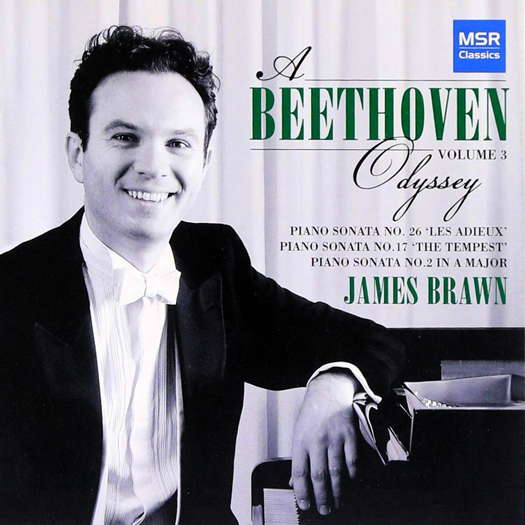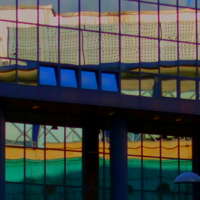 SPONSORED: CD Spotlight. Masterful Handling - Volume 3 of James Brawn's Beethoven, praised by Andrew Schartmann.
SPONSORED: CD Spotlight. Masterful Handling - Volume 3 of James Brawn's Beethoven, praised by Andrew Schartmann.
All sponsored features >>
Piazzolla: María de Buenos Aires
María de Buenos Aires is a 'tango operita' in two parts by Ástor Piazzolla and Horacio Ferrer with a complicated and surreal plot involving nuevo tango, religion and resurrection. Ferrer's libretto suggests parallels with the story of Mary and Jesus. It was first performed at the Sala Planeta, Buenos Aires, Argentina on 8 May 1968.
The young María, born in a poor Buenos Aires suburb, goes to the centre of town, where she is seduced by tango music and becomes a sex worker. She dies, goes to hell, and, in the second part, her shadow walks the city. María, who may be a personification of the city itself, or of tango, returns to virginity, is impregnated by the word of the goblin poet and gives birth to a child, María, who may be herself. The birth is witnessed by three construction worker Magi and 'The Women who Knead Pasta'.
A selection of articles about Piazzolla: María de Buenos Aires
CD Spotlight. The Spirit of Tango - Piazzolla's 'María de Buenos Aires', recommended by Gerald Fenech. 'Bouncy yet thought-provoking stuff.'
CD Spotlight. A Surreal Plot - Piazzolla and Ferrer's 'María de Buenos Aires', strongly recommended by Gerald Fenech. '... the tunes Piazzolla conjured up, a mix of classical forms and Argentine traditions, are consistently vibrant, emotional and at moments compellingly dramatic.'
Ensemble. Exceptional Gifts - Lawrence Budmen reports from the 2009 Miami International Piano Festival
Ensemble. Devastating power - Astor Piazzolla's 'Maria de Buenos Aires' in Copenhagen, recommended by David Wilkins
Maria of hope or despair? - David Wilkins was at the first fully-staged UK production of Piazzolla's 'Maria de Buenos Aires'
Ensemble. A week to remember - David Wilkins' reflections on the opening week of the 30th International Istanbul Music Festival


